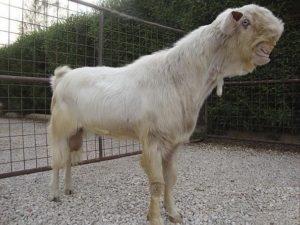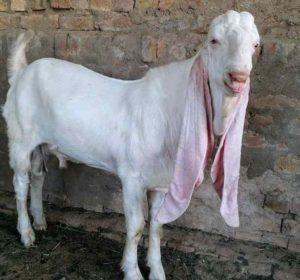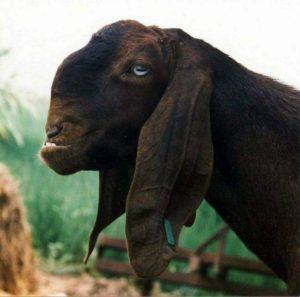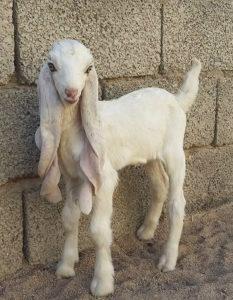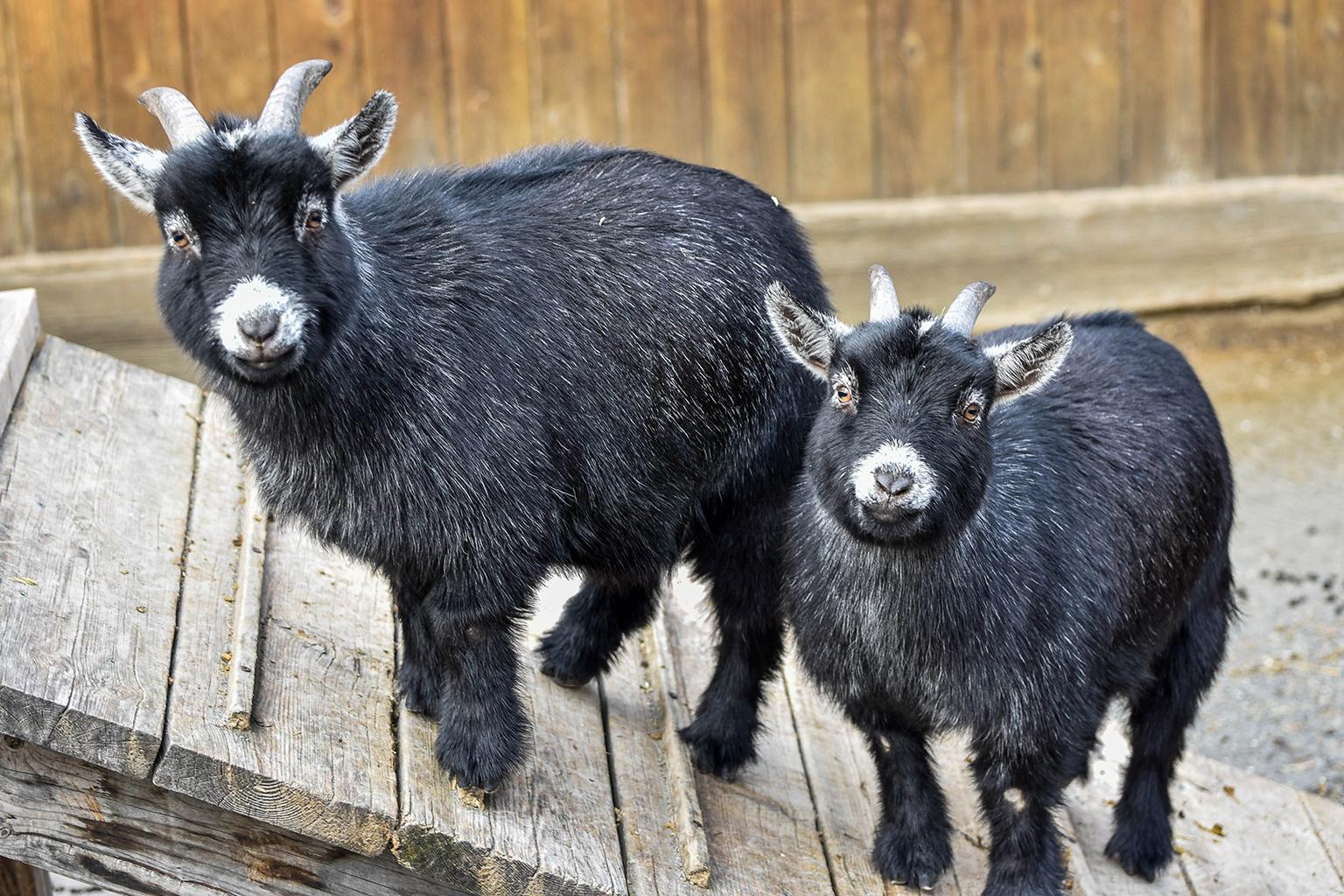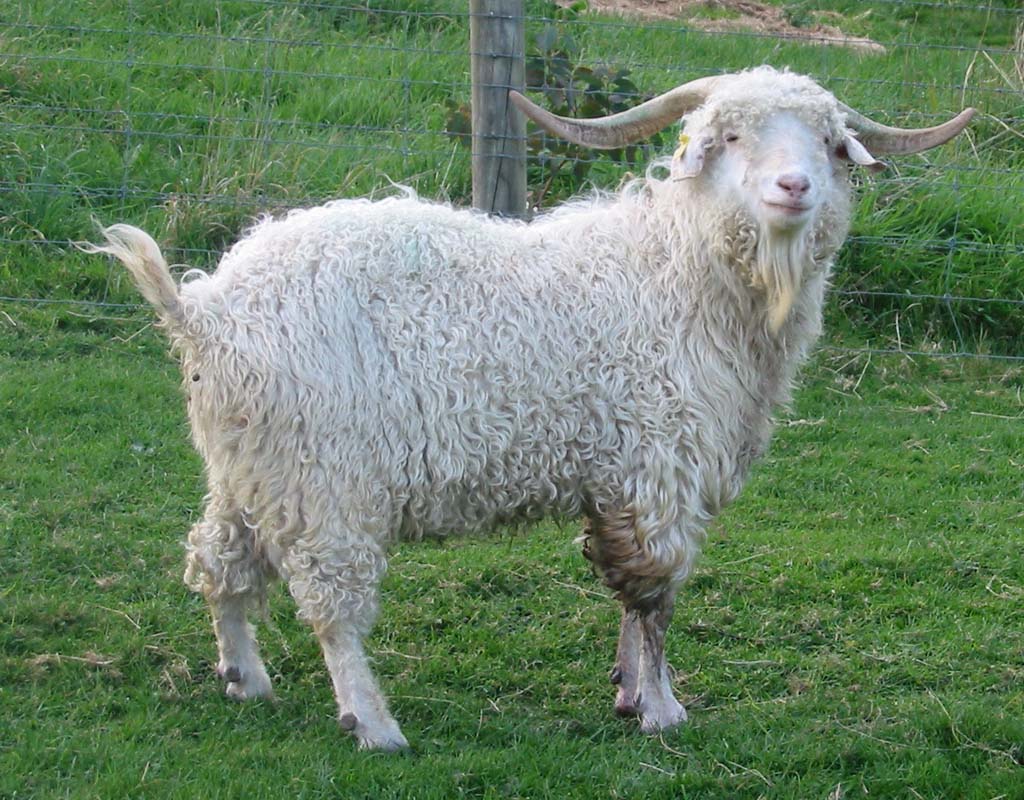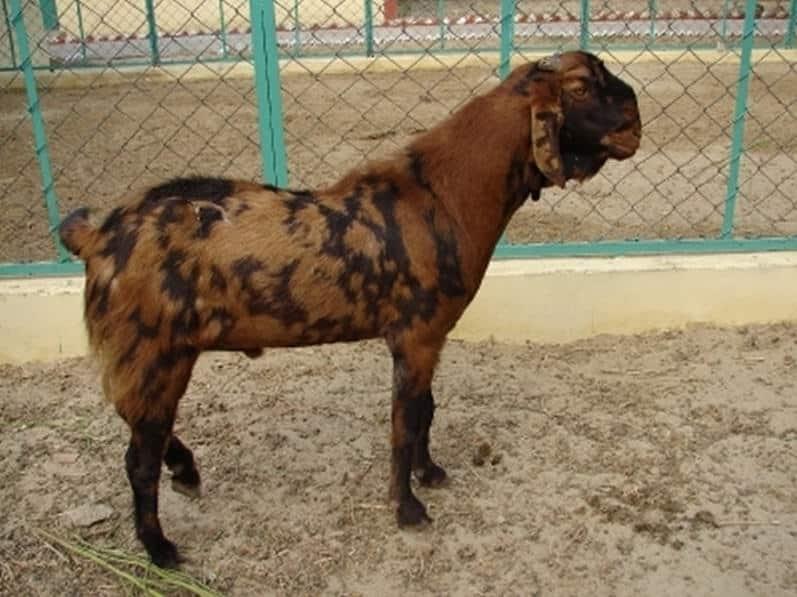Damascus Goat
Damascus goat, known by a host of names like Aleppo and Baladi, is indigenous to different parts of the Middle East, mainly Syria and Cyprus, where it was brought by the British. With a reddish-brown coat, these giant goats are adored for their cuteness as kids. However, their appearance gets a little scary as they grow, compelling many to nickname them as ‘monster goats .’Though prominent as dairy goats, they are equally efficient in producing meat, no wonder prioritized by the FAO or Food and Agricultural Organization.
Quick Information
| Also Known As | Chami, Shami, Aleppo, Baladi, Halep, Damascene |
| Physical Characteristics | Adults: Large body, long neck, long legs, relatively small head, drooping ears, bulging horns, with horns present or absent |
| Temperament/Personality | Calm, even-tempered |
| Color | Mainly reddish-brown, though there may be variations of other shades like fawn, white, silvery-white, gray, and black (though rare) are present |
| Coat | Thick, and fluffy |
| Size | Big |
| Weight | Male: 65 kg (143 pounds) Female: 75 kg (165 pounds) |
| Height | 80 cm (31.5 inches) |
| Uses | Milk, meat, and leather |
| Diet | Mainly herbivores, thriving on leaves, and grasses |
| Lactation Period | 230 days |
| Lifespan | About 12 years |
| Climate Tolerance | Adaptable to diverse climates |
| Country of Origin | Middle East (Syria, Cyprus, Lebanon) |
| Standard and Qualification Information | Not Recorded |
History and Development
Though not much detail remains available about its history, it originated in the Middle East. Its breeding commenced during the 19th century after being imported to Cyprus. As per speculations, this breed eventually got its name Damascus, perhaps after the region where it inhabited the most. Over time, improvement has been made in its breeding process through genetic selection. The result is a hardy, healthy multipurpose goat, excelling in milk and meat production. At present, they occupy other parts of Asia, particularly India, in the states of Maharashtra, Tamil Nadu, Andhra Pradesh, and Gujarat. Here they are mostly crossbred with two of the finest meat breeds, the Sirohi and Boer, to develop goats capable of producing a good variety of meat.
Milk Production
They are mostly known as efficient dairy goats, producing as much as 1.5 liters of milk each day. Their milk has a high amount of fat and protein and is easily digestible, especially by those who intolerant too dairy products. Several by-products extracted from the Damascus goat’s milk include yogurt and cheese.
Meat Production
Besides its function as an effective dairy goat, this breed also emerges as a great meat producer. The fleshy and heavy does with a good body stature are chosen to extract meat rather than milk.
Kidding
They have a breeding period of about 36 hours, with the breeding cycle lasting between 18 and 24 days. The does’s gestation period lasts for 155 days on average, birthing about 3-4 kids per litter. These goats have excellent mothering skills and wean their kids for a considerably long time, doing everything possible to safeguard their young.
Interesting Facts
- In the Mazayen al-Maaz, a goat competition held on the 13th of June in Riyadh in 2008, the Damascus goat came first in the Most Beautiful Goat category.
- Contrastingly, these goats have even been deemed as the world’s ugliest animals. The catch is their changing looks with age. They pose a cute appearance because of their long ears and striking color when young. As these goats grow, they develop bulging noses, long necks, and legs, no wonder being called ‘monster goats.’
- They come with a high price, approximately 2.5 million pounds in Syrian currency, equivalent to $5000.




